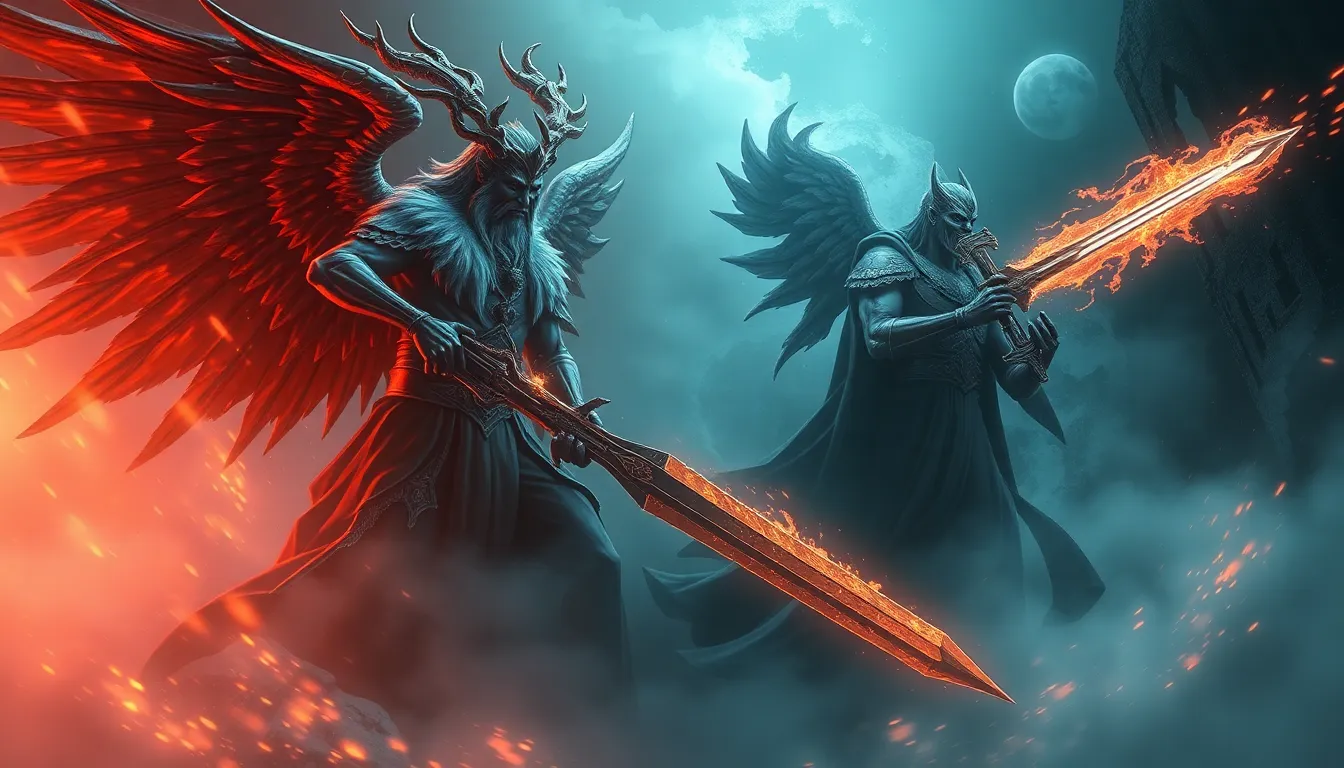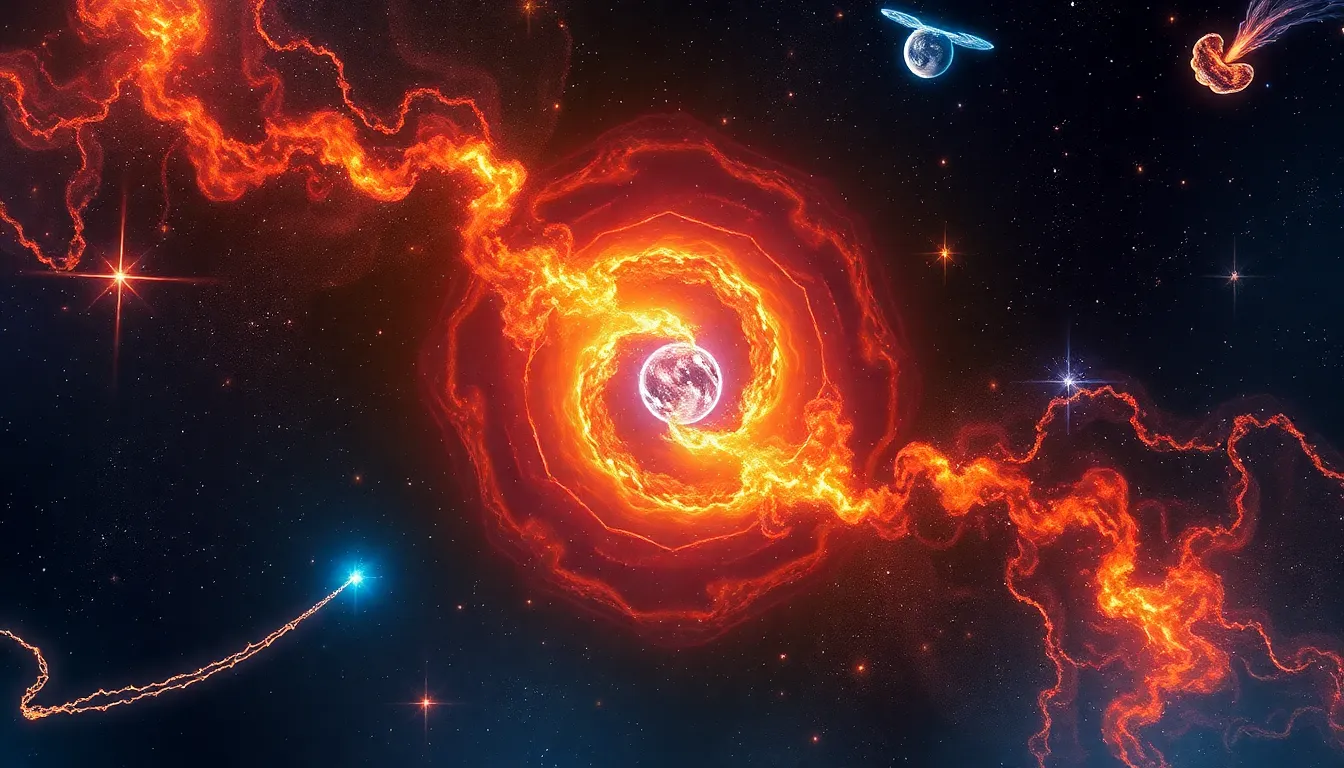1. Introduction
In Persian culture, the stars have always held profound significance, illuminating not just the night sky but also the rich tapestry of myths, legends, and beliefs that have shaped the nation's identity. From guiding ancient mariners and farmers to inspiring poets and philosophers, the stars have played a multifaceted role in Persian life.
Throughout history, the stars have served as celestial beacons, guiding travelers across vast deserts and oceans. Their predictable movements aided in the development of sophisticated agricultural practices, allowing farmers to synchronize their planting and harvesting with the changing seasons. The stars also formed the basis of early astronomy, with Persian scholars making significant contributions to the field.
But beyond their practical applications, the stars have captivated the imaginations of generations of Persians, sparking countless myths and stories that continue to resonate today. These tales have woven themselves into the fabric of Persian culture, reflecting the nation's deep connection to the cosmos.
2. The Seven Great Lights in Persian Mythology
At the heart of Persian mythology lie the Haft Peykar, or Seven Great Lights. These seven celestial bodies, representing the planets known to the ancient Persians, were believed to hold immense power and influence over human destiny. Each planet was associated with specific characteristics, influencing fate, and linked to particular days of the week.
The Haft Peykar consisted of:
- Khorshid (Sun): Thebringer of light, life, and prosperity, associated with Sunday.
- Mah (Moon): Theembodiment of emotions, intuition, and change, associated with Monday.
- Behram (Mars): Thegod of war, courage, and action, associated with Tuesday.
- Tir (Mercury): Thegod of communication, intelligence, and trade, associated with Wednesday.
- Hormoz (Jupiter): Thebringer of good fortune, wisdom, and justice, associated with Thursday.
- Nahid (Venus): Thegoddess of love, beauty, and pleasure, associated with Friday.
- Keyvan (Saturn): Thegod of time, fate, and limitations, associated with Saturday.
The Haft Peykar played a crucial role in Zoroastrianism, the ancient Persian religion. They were seen as intermediaries between humanity and Ahura Mazda, the supreme deity. Their positions in the sky were believed to influence events on Earth, and astrologers studied their movements to interpret their messages and predict the future.
3. The Night Sky: A Canvas for Stories
The Persian night sky has served as a canvas for countless stories and myths, each reflecting the cultural values and beliefs of the time. These tales have been passed down through generations, captivating imaginations and enriching the understanding of the universe.
One prominent constellation in Persian mythology is the Pleiades, known as the "Hen and Chicks." In one tale, the Pleiades represent seven sisters who were pursued by a love-struck giant. To protect them, Zeus transformed them into stars, their mother becoming the constellation Taurus, the bull.
Another captivating constellation is Orion, the hunter. In Persian mythology, Orion is associated with the mythical figures of Keykavous and Arash. Keykavous, a legendary king, is said to have ascended to the heavens on the back of an eagle, represented by the constellation Aquila, neighboring Orion. Arash, a renowned archer, is believed to have shot an arrow that marked the boundaries between Persia and Turan, with the arrow's path traced by the stars of Orion's belt.
The Ursa Major constellation also holds significance in Persian mythology. Known as the "Big Dipper," it is associated with the Haft Khorshid (Seven Suns), seven mythical figures who guarded the world against evil. Each star in the constellation is believed to represent one of these guardians, their watchful gaze protecting humanity from darkness.
These are just a few examples of the countless stories woven around the constellations in Persian mythology, each reflecting the cultural imagination and beliefs of the people who gazed upon them.
6. Symbolism of Specific Stars
Beyond the constellations, individual stars held significant symbolic meanings in Persian mythology. Each star, with its unique position and brightness, was seen as a celestial guide, protector, or harbinger of specific events.
Sirius, the brightest star in the night sky, was associated with royalty and leadership. It was believed to bring fortune and victory to those who aligned themselves with its influence. Kings and warriors often considered Sirius their celestial patron, seeking its guidance in battles and affairs of state.
Vega, the fifth brightest star, was seen as a symbol of



